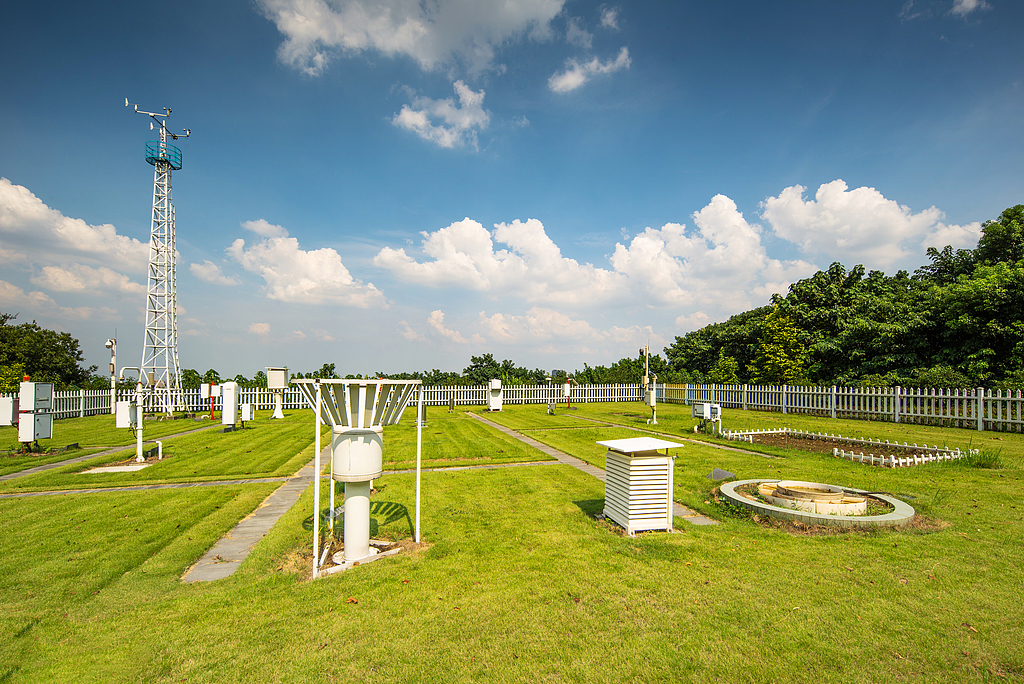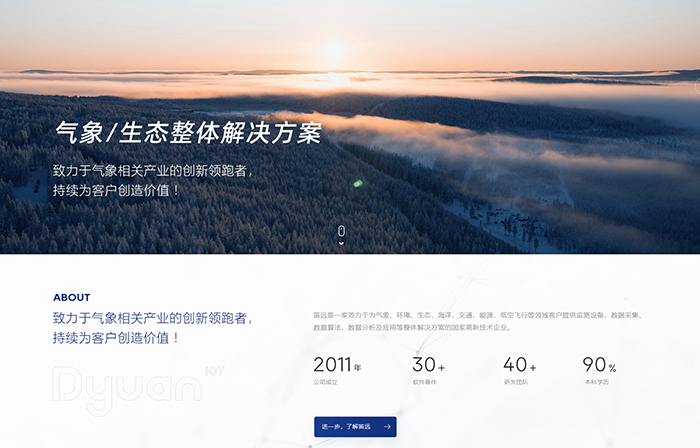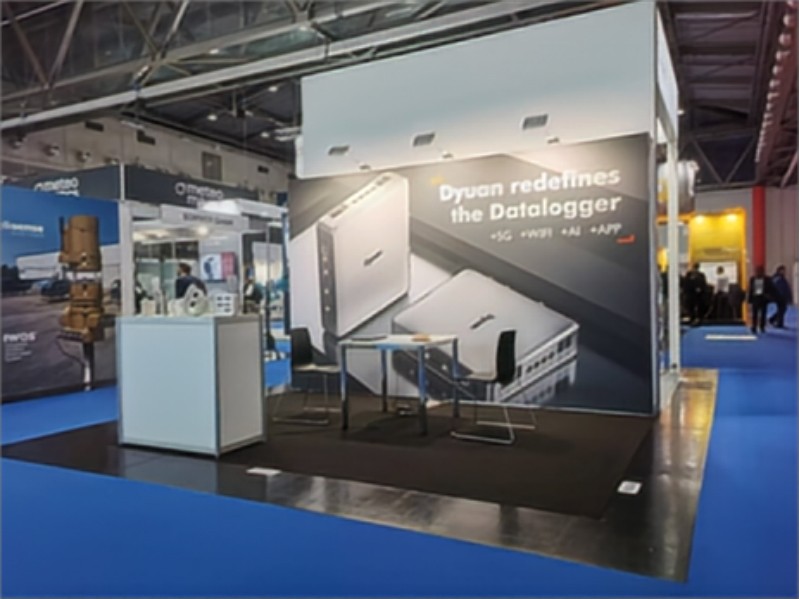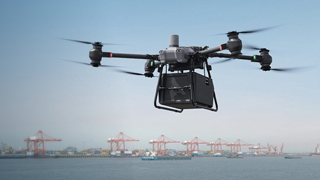That's the right choice for ultrasonic sensors!
In modern meteorological monitoring, industrial control, and scientific research fields, ultrasonic wind speed sensors have gradually become the core equipment for wind speed measurement due to their unique advantages. This article will deeply analyze the technical principles and practical applications of ultrasonic wind speed sensors from multiple dimensions such as product structure, selection points, performance advantages, and application scenarios.
1. Product Structure: Deconstruction of Technical Core
The core components of ultrasonic wind speed sensors include ultrasonic transducers and signal processing circuits. Among them, the ultrasonic transducer integrates the transmitter and receiver, and achieves preliminary perception of wind speed and direction by emitting high-frequency ultrasonic signals and receiving reflected waves disturbed by airflow. The signal processing circuit is responsible for data analysis, analyzing the received signal through complex algorithms to accurately calculate key parameters such as wind speed, direction, and air volume. This modular design not only simplifies the device structure, but also improves the accuracy and stability of measurements.
2. Key points for purchasing: demand-oriented decision-making
Choosing a suitable ultrasonic wind speed sensor requires comprehensive consideration of multiple key factors:
ü Measurement range: Select sensors that can cover the target wind speed range based on the actual application scenario. Generally speaking, the common measurement range is 0-60m/s, but in specific environments such as offshore wind power and high-altitude weather stations, higher range equipment may be required.
ü Measurement accuracy: High precision sensors can provide more reliable data. For scenarios such as scientific research projects and aviation safety that require extremely high accuracy, it is recommended to choose products with accuracy within ± 0.1m/s.
ü Stability: Stability is a key indicator for measuring the long-term performance of sensors. Choosing products with good anti-interference ability and temperature compensation function can ensure continuous and stable operation in complex environments.
ü Installation method: Select sensors that are easy to install and maintain according to the site conditions. Common installation methods include fixed, wall mounted, and handheld, each with its specific applicable scenarios.
ü Price and cost-effectiveness: Taking into account the product's price and performance while meeting functional requirements, choose the product with the highest cost-effectiveness. At the same time, it is also necessary to consider the maintenance costs in the later stage to ensure the rationality of long-term investment.
3、 Performance advantage: A manifestation of technological innovation
Compared with traditional wind speed measurement equipment, ultrasonic wind speed sensors have significant technical advantages:
ü Non-contact measurement: avoids direct contact between mechanical components and airflow, reduces wear and maintenance costs, and also eliminates interference with airflow, which can more accurately reflect the true wind speed.
ü High precision measurement: Advanced signal processing algorithms are used to effectively reduce measurement errors and achieve sub meter wind speed measurement accuracy.
ü Stability and reliability: The application of solid-state design and anti-interference technology enables sensors to operate stably in extreme environments such as high temperature, high humidity, and strong electromagnetic interference, ensuring the continuity and accuracy of data.
ü Easy installation: The simple structural design and diverse installation methods make the installation and debugging process of sensors simple and fast, greatly reducing deployment costs.
4、 Application scenario: Deep integration of multiple fields
Ultrasonic wind speed sensors have a wide range of applications, covering multiple industries such as meteorology, energy, transportation, industry, and scientific research Meteorological and environmental monitoring: Used in meteorological stations, high-altitude detection balloons, and mobile observation vehicles to collect real-time wind speed and direction data, providing key data support for meteorological forecasting, haze diffusion models, and urban heat island effect research.
In the aerospace field, it is used to monitor meteorological conditions such as wind shear and turbulence around airport runways and terminals, ensuring the safety of aircraft takeoff and landing.
Energy industry: In wind power plants, by accurately measuring wind speed and direction, optimizing wind turbine layout, and improving power generation efficiency; On oil drilling platforms, it is used to monitor sea breeze conditions and ensure the safety of offshore operations.
Industrial safety: Used in chemical plants, refineries and other places to simulate gas leakage and diffusion situations, issue safety warnings in advance, and ensure production safety.
Agriculture and ecological protection: It plays an important role in the design of windbreak forests in farmland, greenhouse ventilation control, and forest fire warning systems, assisting agricultural production and ecological protection.
Transportation infrastructure: used in large infrastructure such as cross sea bridges and high-speed railways to monitor wind and vibration conditions and evaluate structural safety; Provide real-time wind speed guidance for ships berthing at the port.
5、 Conclusion: Technology driven future
With the continuous development of the Internet of Things, big data, and artificial intelligence technologies, the application prospects of ultrasonic wind speed sensors will be even broader. In the future, sensors will develop towards high precision, intelligence, and networking, providing strong technical support for digital transformation in more fields. When selecting and applying ultrasonic wind speed sensors, users should consider factors such as product performance, price, and service comprehensively based on their own needs, and choose the most suitable solution.
More News

Recommended software and hardware configuration for provincial conventional meteorological observation stations
2025.03.28

The official website of Dyuan Technology has been launched, opening a new chapter in intelligent monitoring services
2025.03.25

Dyuan Technology shines at the International Meteorological Exhibition, Innovative products lead new changes in the industry
2025.03.25

Dyuan shines brightly at the Asia Pacific International Meteorological and Hydrological Exhibition, attracting attention with innovative solutions and products
2025.03.25




